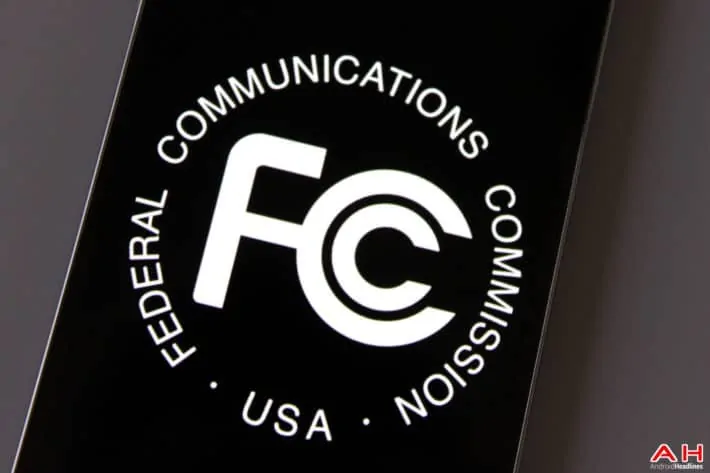Next year’s auction of 600 MHz spectrum, organized by the Federal Communications Commission, has already gathered considerable news coverage owing to the complexity of the auction. The auction, which is described as an “incentive auction,” is reliant on a number of broadcasters selling spectrum to the carriers, but there is an additional layer of complexity as the broadcasters still require spectrum. This means that the FCC is set to repackage spectrum to divide it up between the carriers and broadcasters. However, another layer in the auctions, is that the FCC wishes to ensure that the smaller carriers – those less able to dig into their pockets to afford to pay for large chunks of spectrum – are not excluded by the auction by the ability of the larger networks to pay more at auction. However, the FCC needs to carefully safeguard the interests in the smaller players such that they can acquire spectrum without selling spectrum at too-low a price, which would anger the broadcasters who may decide to pull out of the auction. The auction has a reverse part and a forward part. Throughout the summer, we have seen the FCC negotiating between these difficult partners and today it released the final opening bid prices for broadcasters. The top opening bid price in the reverse part of the auction is a station in the New York City metropolitan area, set at $900 million. For the forward part, the top opening bid is in the same area at $135 million. Smaller markets are priced lower, as we would expect, and the major urban markets are valued the highest.
The FCC Chairman, Tom Wheeler, said this about the announcement: “For all practical purposes, we’ve fired the starting gun: the release of final opening bid prices – combined with the detailed application procedures and other data released yesterday – provides broadcasters with all of the information they need to decide whether to apply to participate in the auction. Stations that miss the December 18th deadline will not be able to participate in this historic auction. Commission staff stand ready to educate and assist applicants as they prepare.” The FCC is putting the framework in place for both the television stations and network operators, but there is still some way to go yet: in a briefing today, a spokesperson reported that the FCC had not yet to set the final opening bid prices for broadcasters.
With the release of the documents, the FCC is starting to flesh out the opening economic stakes for both broadcasters and carriers. The auction is set to start in March 2016 and in a briefing today, a spokesperson reported that the FCC had set these prices in order to encourage plenty of participation from the television stations. The National Association of Broadcasters reported that it is reviewing situation, but had no further comment to make. Broadcasters can apply for the auction between the 1 and 18 of December and have until the 29 March to commit to a sale of their spectrum, arrange a channel sharing move, or move from UHF to VHF. Carriers wishing to participate in the forward auction can show their interest between the 14 January to the 28 January. It will take the FCC a few weeks from the 29 March in order to process and set the initial clearing target for how much spectrum it is able to sell on to carriers, then the reverse auction will start. Once this is finalized, the forward auction will start – the FCC believe this will take up to three months, which takes us to the end of June 2016.
The FCC has also released a market by market list of what Tier 1 carriers will be able to bid for the reserved 600 MHz spectrum. The auction means that as AT&T and Verizon holds more than 45 MHz of spectrum below 1 GHz, and because Sprint has declined to bid in the auction, that T-Mobile US is going to be the only Tier 1 carrier able to bid on spectrum in the top five largest US markets. AT&T is believed to be expected to qualify to bid in many smaller, rural markets as it lacks spectrum at the lower end of the frequency range – here, it could outbid the smaller carriers with smaller check books.

